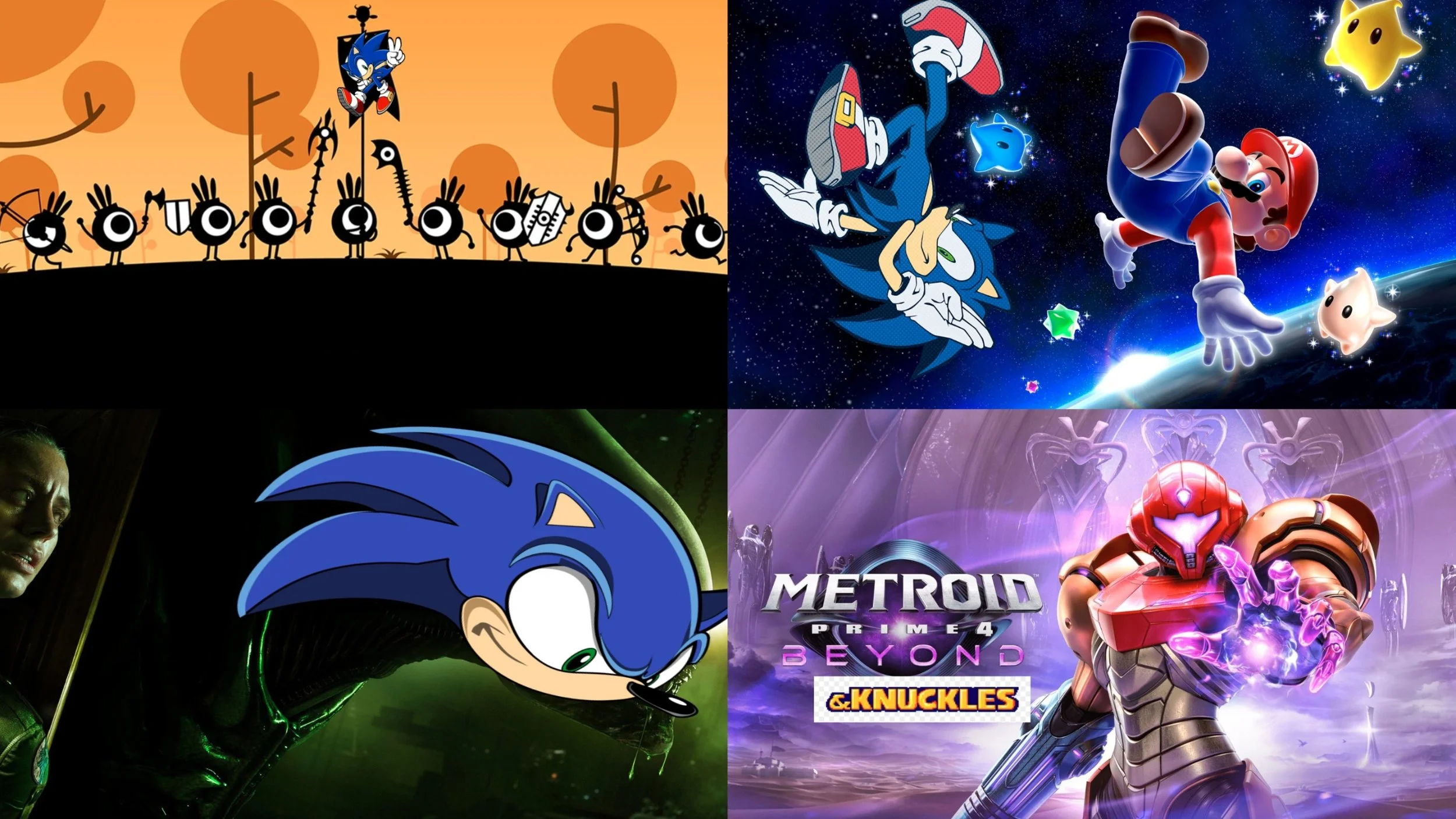sonicmenu | Sonic The Hedgehog (2006) - A Retrospective Of A Beautiful Disater
The greatest scene in film history, in my humble opinion, is the What’s Up Danger needle drop from Spider-Man: Into the Spider-Verse. It deeply resonates with me under one key concept, that anything in life that’s worth doing, is a leap of faith. In life, I’d rather take a leap of faith into the dangerous unknown, and fall flat on my face, than not try at all.
In 2004, Sonic Team took a leap of faith, and in 2006, it fell flat on its face.
Sonic The Hedgehog for the PlayStation 3 and Xbox 360 (from this point known as Sonic 06) is an incredibly ambitious game that underwent a gruelling development cycle that simply did not pan out. However, throughout the experience of playing Sonic 06, there are glimmers of something more; a game that strove to take one of gaming's greatest mascots into the next generation by expanding on level design with more open environments, expanding on gameplay with greater customisation and player agency, expanding on the story with a more ambitious and emotional tale, and redesigning the world, characters and feel of this franchise into something more grand in scope.
Part One: His World
Sonic 06 began development after the completion of Sonic Heroes. A portion of Sonic Team, after shipping Sonic Adventure in 1998, had been operating in the United States. A small group of developers planned to build a more polished version of Sonic Adventure that was localised for western markets for the launch of the Dreamcast worldwide in 1999. The team then stayed, developing Sonic Adventure 2 and Sonic Heroes. By this point, the team consisted of 19 people, SEGA had left the console market, and Sonic games were being pumped out year after year as SEGA created new games and took the classics and ported them to modern hardware.
As Sonic Heroes wrapped up development, and Sonic Team USA moved onto the edgy spin-off, Shadow The Hedgehog, a small contingent of developers moved back to Japan, joining the core Sonic Team, who had been making Phantasy Star and Billy Hatcher. Wanting to evolve the series for the seventh generation of game consoles, Sonic Team took a realistic, physics-led game they’d been working on and morphed this project into the future of Sonic. This game would celebrate 15 years of Sonic and lead him into the next generation. Having such an ambitious title be released at such an important time for the franchise, developed in Japan by the core Sonic Team, and reinventing the franchise in such a radical way, it became clear to Sonic Team that it could only give the game one name, ‘Sonic The Hedgehog’.
In late 2004, Sonic Team received specs for the upcoming console hardware, the Xbox 360 and PlayStation 3. The team began building demos in early 2005, when it received development kits for the then-upcoming consoles. Sonic Team developed the game using the Irish-developed Havok Physics Engine, hoping to use this engine and the powerful new system to build a technical showcase, proving that Sonic was still on the bleeding edge of technology and game design. The original version of Sonic 06 was intended to have a full day/night cycle that ran in real-time, and the game was intended to have a state-of-the-art physics system. This was so important that Sonic Team designed a brand new character, Venice, who would use psycho-kinesis to manipulate the environment around him.
As development on the game progressed, Sonic 06 as it exists today began to take shape. Venice became Silver, a time-travelling hedgehog. The game's core-setting, the kingdom of Soleanna, was established. Sonic Team brought on a new sound director with Tomoya Ohtani, who had worked on the series for many years but was about to usher in the era of orchestral rock, and the games art design aimed for an aesthetic that skewed more towards ‘Final Fantasy’ than Sonic The Hedgehog. By E3 2005, Sonic Team was ready to show press what it had been working on, with a short pre-rendered teaser trailer , shown behind closed doors. It featured Sonic zipping through an open environment that resembles the final game's showpiece level, Kingdom Valley.
The game would later be shown again at TGS 2005 with a live demo featuring Sonic running around the opening area of Kingdom Valley. This demo showcased a game that held the camera much closer to Sonic, emphasised the feeling of speed more, and showcased the game’s physics system and global illumination system, something Sonic Team would only truly succeed with in 2008’s Sonic Unleashed.
By the end of 2005, things were looking good for Sonic Team. The studio had a version of the game that was running well on hardware that approximated the specs of the Xbox 360, and a large team ready to build out a full game that could launch in Fall 2006 on Xbox 360, PlayStation 3, Wii and PC, but as the team got ready to start putting the game together, things internally began to fall apart…
Part Two: The Flames Of Disaster
By 2006, Sonic 06 had entered full production. Yuji Naka, co-creator of the character, was leading development as a producer, while Yojiro Ogawa was set to direct the game. Shun Nakamura, who had previously directed the Dreamcast cult-classic, Samba De Amigo, was the lead game designer. The development timeline gets fuzzy at this point, with the next two events happening essentially back-to-back.
The first blow to development came in the early months of 2006. Sonic 06’ was being developed with four pieces of hardware in-mind. The intent was to release the game on PlayStation 3, Xbox 360, Wii and PC. At this point, the Xbox 360 was out, and Sonic Team had development kits. It had every reason to believe that the PlayStation 3 and Wii would be similar to the Xbox 360 in terms of power and what it would take to develop for the new consoles, but then development kits came in. Sonic Team quickly realised that Nintendo’s latest hardware offering was not going to be able to handle the game it had created. It contemplated porting Sonic 06 to the Wii, but Sonic Team estimated that this alone could take months. SEGA needed a Sonic game on Wii for the console's first holiday season, and so, the decision was made to split the team up.
Yojiro Ogawa, who was the director on Sonic 06, left the project. Sonic Team was split in two, with Ogawa’s team getting started on a new game built around the specs of the Nintendo Wii and its unique controller. As Ogawa’s team began developing Sonic and the Secret Rings, more tragedy struck the studio.
Yuji Naka had clearly grown tired of SEGA and Sonic, because in March 2006, he left SEGA to found his own development studio. This new team, known as PROPE, allowed Naka to work on an IP that wasn’t Sonic, and for his new venture, he poached some of the very same people that he worked with at Sonic Team. At this point, Sonic Team had lost half its staff. It was now only making the game for three pieces of hardware and it could still get the game out the door as Shun Nakamura took over directorial duties.
With half the projected staff needed, Sonic Team went to work trying to put together a full-game. At this point, Sonic 06 had nine playable characters, a day/night cycle, four unique campaigns and dozens of high-quality cinematics made by Blur Studio. All of that notwithstanding, Sonic Team felt like it could get this game out the door, but even now, the dominoes wouldn’t stop falling. It turns out that making games for the PlayStation 3 is quite difficult due to its proprietary cell processor, and SEGA needed the game out for the 2006 holiday season. With half a team and an impending deadline, Sonic Team moved forward, to make the best game they could.
The game was shown at E3 2006 and a demo was released on Xbox Live a few weeks before launch. These versions of the game showed more polish than the final release with Microsoft actually fixing bugs in the demo for Sonic Team, which then wasn’t carried over to the final game. I remember this time period, reading about this incredibly cool and promising game in magazines. Things were looking good for Sonic, and then the game came out… if you’re reading this, I assume you know the rest.
Part Three: IT’S NO USE
Sonic 06 released on Xbox 360 in November 2006 and on PlayStation 3 in March 2007, in time for Sony’s system’s European launch. The game was a success commercially, likely a result of being a family friendly title attached to a big brand, showing up early in the life-cycle of the new systems, but as we all know, it was a critical disaster. Sonic 06 redefined the Sonic franchise in the worst possible way. The Sonic Cycle, the notion that every Sonic game would appear promising and then ultimately be a critical failure, was born with Sonic 06.
I played the game when I was seven years old. That definitely gives me rose-tinted glasses, but even then, I remember the game being frustrating. The game often broke in on-rails sections, and then sometimes choosing to actually play the game would be your ultimate downfall. At any given moment, the game could break on you, the camera could completely obscure your point of view, and the game's core physics mechanics would often break. Playing Sonic 06 became more about trial and error than getting better at the game.
The content and pacing also lacked polish. Sonic 06 sees you move between action stages and the hub world. Missions in the hub world would feature multiple loading screens just to enter the mission. Signposting was also terrible, with the player often unsure of how to proceed. This wasn’t me being a dumb child, although that I was. This was the game failing to guide the player from stage-to-stage and filling that time with uninteresting and even more boring side content.
The game features three campaigns (plus a shorter final story) where you take control of one of the three main playable characters. Sonic, Shadow and Silver all featured variations on traditional Sonic gameplay as they went through alternate versions of the game's nine playable stages. While none of these characters controlled perfectly, the game was bogged down by the games “amigo” characters. Each character had two side characters that you would play as in a variety of stages. Sonic was joined by Tails and Knuckles, Shadow was joined by Rouge and E-123 Omega, and Silver was joined by Blaze and Amy Rose. While some of these characters functioned somewhat (Tails and Blaze are actually pretty fun), some of them completely broke the game beyond belief. Knuckles and Amy in particular suck all life out of the game, with their core abilities not working.
The greatest example of Sonic 06 being broken comes from the game’s manual. In the manual, core mechanics are explained to the player, including the gauge in the bottom right corner of the screen. This gauge is used when playing as Shadow and Silver, but it just doesn’t do anything as Sonic. What’s funny is, it’s meant to function. It’s meant to deplete when you use one of the gems you can get through the campaign, but instead, you can moonjump, or teleport yourself halfway across the map without it draining at all. The manual also mentions a shield item that just… doesn’t exist.
Part Four: The Iblis Trigger
No matter how badly Sonic 06 functions, a great story can make any game worthwhile. There’s a great story in Sonic 06… somewhere. Let’s run through it real-quick. Sonic’s campaign sees him fight Dr. Eggman and try to save the princess. He does this multiple times, she gets kidnapped again and again. At one point he gets stuck in the future, he goes back to the present and saves her again. Then she dies. He goes back in time, and saves her. They flirt. Sonic’s campaign is by the numbers, if a little odd.
Silver The Hedgehog, on the other hand, starts in the future where he and his best friend Blaze fight off a lava monster again and again and again. A totally not-evil, very ominous hedgehog tells him to go back in time and kill the “Iblis Trigger”, the one who started all of this. Blaze canonically knew Sonic, but she never picks up on this for some reason. Silver goes back in time, becomes friends with Amy, tries to kill Sonic and then questions the morality of killing someone. He tries to kill Sonic again, then realises he’s just an innocent little guy being played like a damn-fiddle (que The Man Who Sold The World). He heel turns, helps Sonic and goes back to the future to seal Iblis, but he can’t, so Blaze does it and he ends the game sad in a happy world. This is a little better, Silver has a character, he’s actually this sweet innocent guy who’s too hopeful and easily led, and ultimately, he saves the day. Still though, not great.
We pick up with Shadow The Hedgehog now working for the organisation that killed his best friend (as funny as this is, it’s actually good character development), as he goes into one of Eggman’s bases to save his good friend Rouge. They accidentally break the Scepter of Darkness, which houses an evil spirit that says he knows Shadow, and then said spirit sends Shadow and Rouge to the future. There, they help Sonic and Friends return to the past, but Shadow's curiosity gets the best of him, and he follows the evil spirit that now looks like him, who reveals that humanity blames Shadow for the apocalypse… for some reason… and locks him away. Mephiles (the evil hedgehog-spirit) tries to turn Shadow to his side, but he fails. Rouge finds Omega in the past and gives him an Emerald to give to Shadow in the future, and they escape. In the present, Shadow finds out that it’s actually Omega that seals him away, but Rouge promises she’ll stand by him. Shadow and Co. go for one final showdown with Mephiles, and while they fail, Shadow declares that he’ll fight to protect the world regardless of what they do to him. This is much better, Shadow has character development based upon what has happened to him up to this point in the franchise. In fact, I'd say it’s great.
Okay, are you still following? Final Story. Elise and Sonic are on a nice stroll, and then Mephiles just kills Sonic, dead. Elise cries releasing Iblis (I genuinely forgot the part where Elise's mother dies of cancer and her father tries to use the power of a god to bring her back only to die and seal said god in his daughter - DON’T WORRY ABOUT IT). All of our main characters end up in a void and are seemingly the only people who survived this cataclysm, including Silver, who at this point is in the future. They find Sonic dead, but Elise senses he’s alive and the gang go to collect all of the Chaos Emeralds. With the chaos emeralds in hand, Elise brings Sonic back to life with a kiss at which point he immediately turns into Super Sonic and our three protagonists destroy the big-bad. Elise then gets the opportunity to undo the events of the game but decides she’d rather the apocalypse happen then lose her new hedgehog boyfriend, but Sonic convinces her it will all be okay, and then the game gets completely erased from the timeline, meaning everything you did never happened.
Yes, really. The game wants you to know that none of that mattered.
Part Five: My... That's A Pretty Snazzy Performance There
Despite all of this, there is something about playing Sonic 06 that makes it worthwhile. Underneath the silly story, there’s an intriguing plot about what it means to be a hero for Shadow, Silver and Elise, with a compelling villain in Mephiles The Dark. The game has some pretty fantastic set-pieces, with Crisis City and Kingdom Valley being particularly great levels. The game has a soundtrack that forever changed the sound of the franchise and the Kingdom of Soleanna is a well designed hub, even if signposting is terrible in practice. Every time I go back to Sonic 06, I find it intriguing, and I feel like I can see the game Sonic Team always wanted to make, so let's talk about it.
Stages in Sonic 06 are well designed. Look at Crisis City, throughout the level, Sonic always has multiple ways to reach the next checkpoint. More than any 3D game in the series, other than maybe Sonic X Shadow Generations, Sonic 06 nails the high-path, low-path gameplay that the classics were built on. At its best, Sonic 06 balances player control with a sense of speed to create some of the best levels that the franchise has ever seen. Levels like Kingdom Valley or Wave Ocean also balance player freedom with high-octane scripted sequences better than most other games in the series. It’s marred by the endless jank caused by the game being unfinished, but the vision for what the game could have been is very clear.
Beyond that, moment-to-moment gameplay is fantastic when it works. Each of our three protagonists have a unique feel that carries over to level design. Sonic gives you traditionally fast paced action stages, while Shadow revolves more around combat and vehicular traversal. Silver differs completely from these, with his gameplay being a slower and more methodical platformer. They all feel good to control, and while that cannot be said for all of the game's nine playable characters, there’s an ambition in having so many playable characters that cannot be ignored and is admirable.
The game also has really nice visuals for 2006. While the focus is mostly on the games often weird looking real-time cutscenes and the admittedly horrible npcs, the action stages and character models all look fantastic for the time period. The effects on display are really great, and once again, show the ambition that Sonic Team had for the game’s visuals. I’d love to see what these levels would have looked like had Sonic Team been able to get its global illumination system up and running, given just how gorgeous Sonic Unleashed still is today. This isn’t even mentioning the incredible CG cutscenes. Say what you will about this game's art design, but that opening cutscene completely sold me on the pitch of Sonic X Final Fantasy.
Finally, and most importantly, Sonic 06 featured the debut of Tomoya Ohtani as sound director. Ohtani had been working on the series since Sonic Adventure 2 in 2001, but this was the first time he could really leave his mark on the franchise. While the soundtrack for Sonic 06 spans multiple genres, Ohtani focused on orchestral rock as the genre basis for this soundtrack. Most levels feature multiple tracks that are used for a unique part of the stage. When put together, they make a cohesive track, but Ohtani adapts to the feel of each section, and the soundtrack is one of the more atmospheric in the series, while still holding on to the momentum that drives the music in the original games forward. Wave Ocean, the opening level of the game, features an upbeat melody that can only be described as someone with no understanding of musical theory as “beachy”. A persistent drum pattern and an electric guitar drive the track forward, and when the stage enters its second act, the mach speed section, the guitar and drums get more intense to match the urgency with which Sonic speeds by.
The game's soundtrack really comes together with its main theme, His World. Performed by Zebrahead and composed by Ohtani, it’s traditional Sonic magic. What makes His World special is that the track permeates the entire game. It’s used on the title screen, in every results screen and in cutscenes. It’s Sonic's leitmotif and the game’s leitmotif. This all comes together during the final boss. Sonic, Shadow and Silver face off against Solaris, a super-dimensional being and the true form of Iblis and Mephiles, and when all hope seems lost, Solaris’ core is unveiled, and the track ‘Solaris Phase 2’ begins. This orchestral arrangement of His World is the natural end point of this game, it’s a track that drives you to finish the game, not because you want to see it end, but because the game has been building to this moment. The track stands for the power of these characters and the power of this moment. It’s time to kill a god, and Ohtani wants this moment to be as epic as possible. This moment is one of the best in the series and perfectly encapsulates the game that Sonic 06 could have been.
Part Six: The Present-Day... The Here And Now That You've Stolen, Time To Take It Back!
As I said previously, I played Sonic 06 when I was seven years old. It was a tough time in my life, and I can’t deny the rose-tinted glasses that cloud my judgement of it, but Sonic 06 is so much more than that. It’s a memento to a time when Sonic Team were ambitious, when Sonic games strove to be larger than life. The story is messy, but there are beautiful moments hidden within its narrative. Shadow and Silver have compelling arcs, and while they’re not particularly well told, they’re given the time and budget that modern Sonic games simply don’t receive. They’re treated as being serious, possibly too serious, but the game wants to be something more.
The soundtrack is an ambitious step forward for the series, an evolution on what had worked before, while keeping the spirit of the series alive. I could rave about each track in the game for hours, about how the music can simultaneously work for an action platformer but also as atmospheric music on a walk, about how each track feels cohesive in the soundscape of the game, while hitting wildly different tones, about how Ohtani created a soundtrack so good that it’s escaped a shadow that new Sonic games struggle to avoid.
Sonic 06 is evidence that all art has meaning, and all art has purpose. It's become comfort food for me, it's a game I’ve played through multiple times. I played it in a singular weekend when the pandemic hit, and it was exactly the kind of cheesy comfort food I needed at that moment. I played it recently on my Steam Deck at a silky smooth 60fps and I sincerely had a great time. The series has never been able to reclaim the prestige it held before Sonic 06, but it doesn’t matter to me. To me, Sonic 06 is the most tragic video game ever made, and I wouldn’t have it any other way.
Epilogue: I Will Release You From The Chains Of Your Past.
That last part was something I believed for years, but maybe I was wrong. ChaosX, an incredibly talented game developer, asked the question “What if Sonic 06 wasn’t broken?”. The result of this question and years of work is a game called Sonic Project-06. This fan-made remake of the game, made entirely in Unity, changes everything about the way the game functions. All of the characters have been rebuilt from the ground up with move sets that work as intended and a momentum system that fixes most of the games flaws. The game has a sense of flow and speed that the original clearly wanted to reach, and has the kind of polish that the original never had the opportunity to achieve. What hasn’t changed at all is the level design. Sonic Project-06 is fundamentally the same game in design as the one that was released in 2006. Sonic Team were never able to escape the shadow of Sonic 06, but maybe fans can redeem the legacy of a game that deserved better.

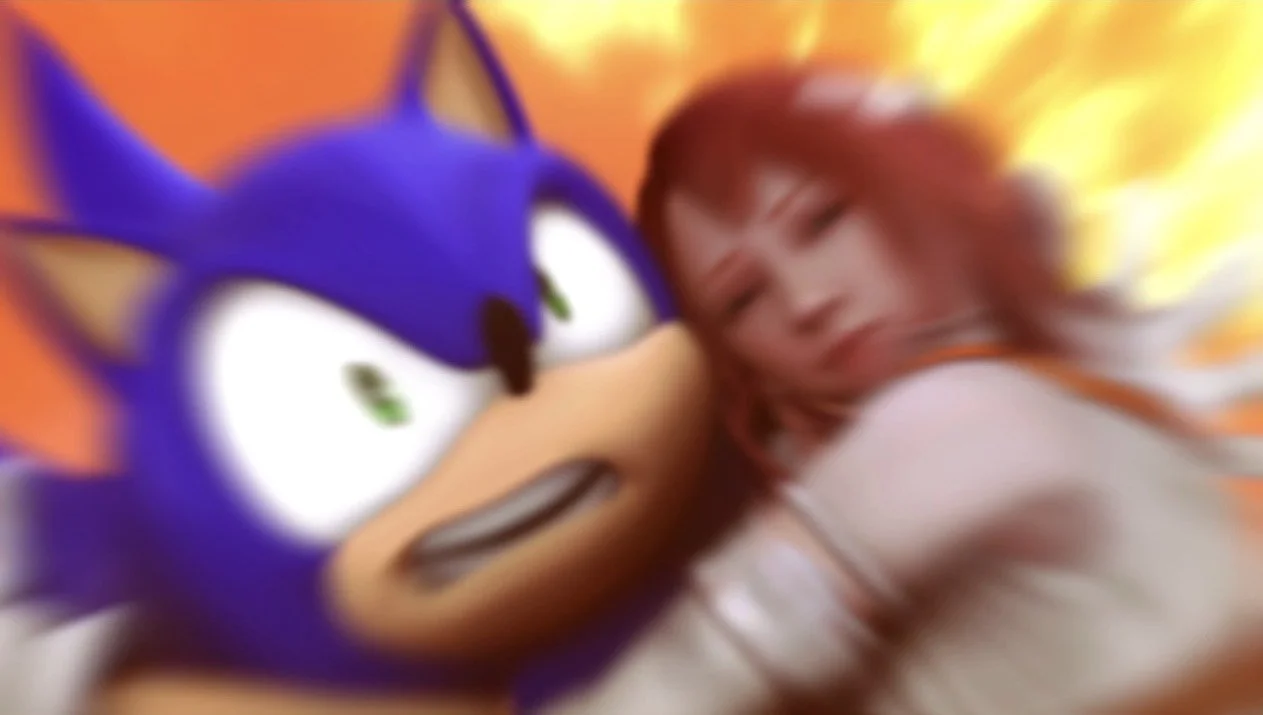
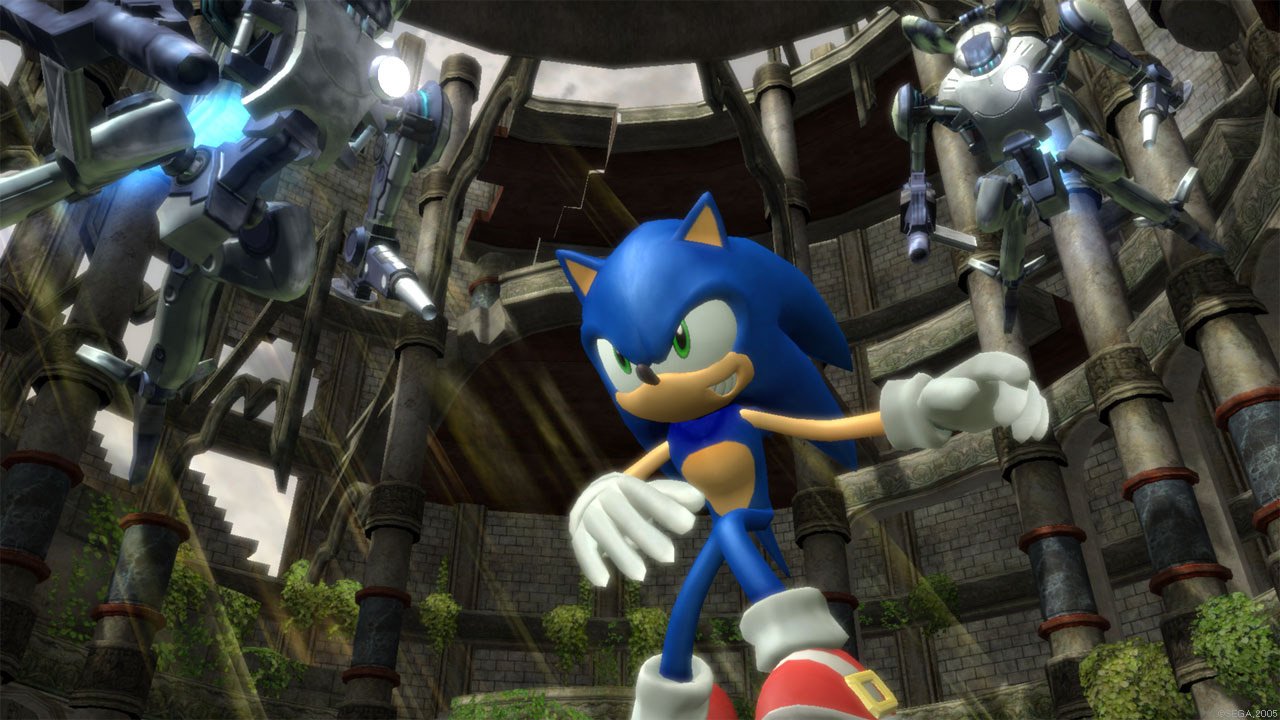
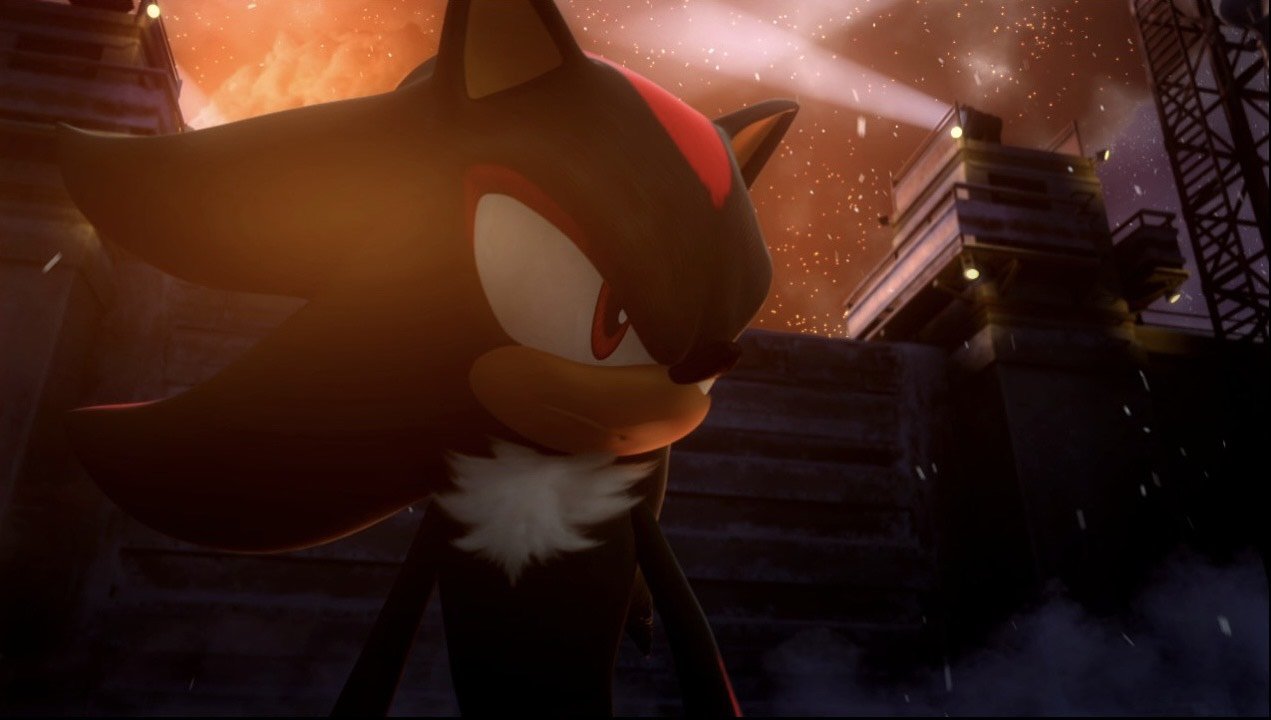




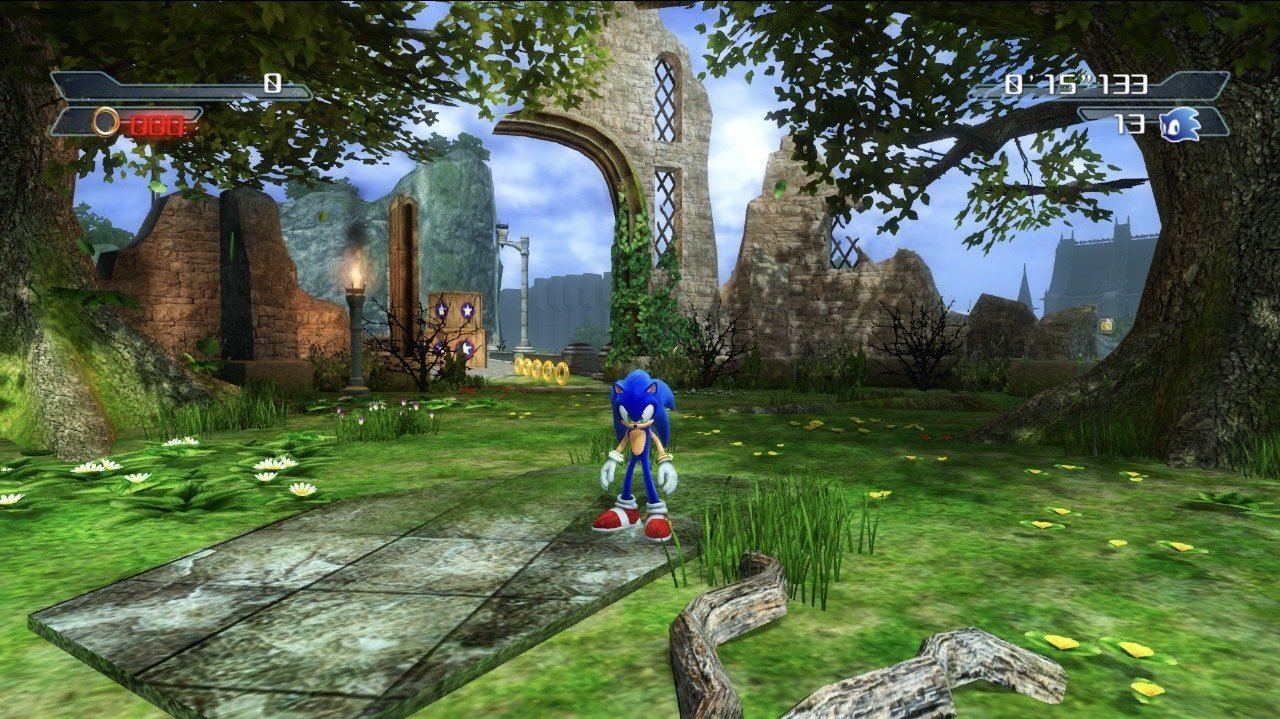
![[PATREON UNLOCK] Update Patch - March 2025](https://images.squarespace-cdn.com/content/v1/5caf2dea93a63238c9069ba4/1744131913201-HN4CZG991G4R6MIHI64F/Update+Patch+March+2025+0.jpg)

